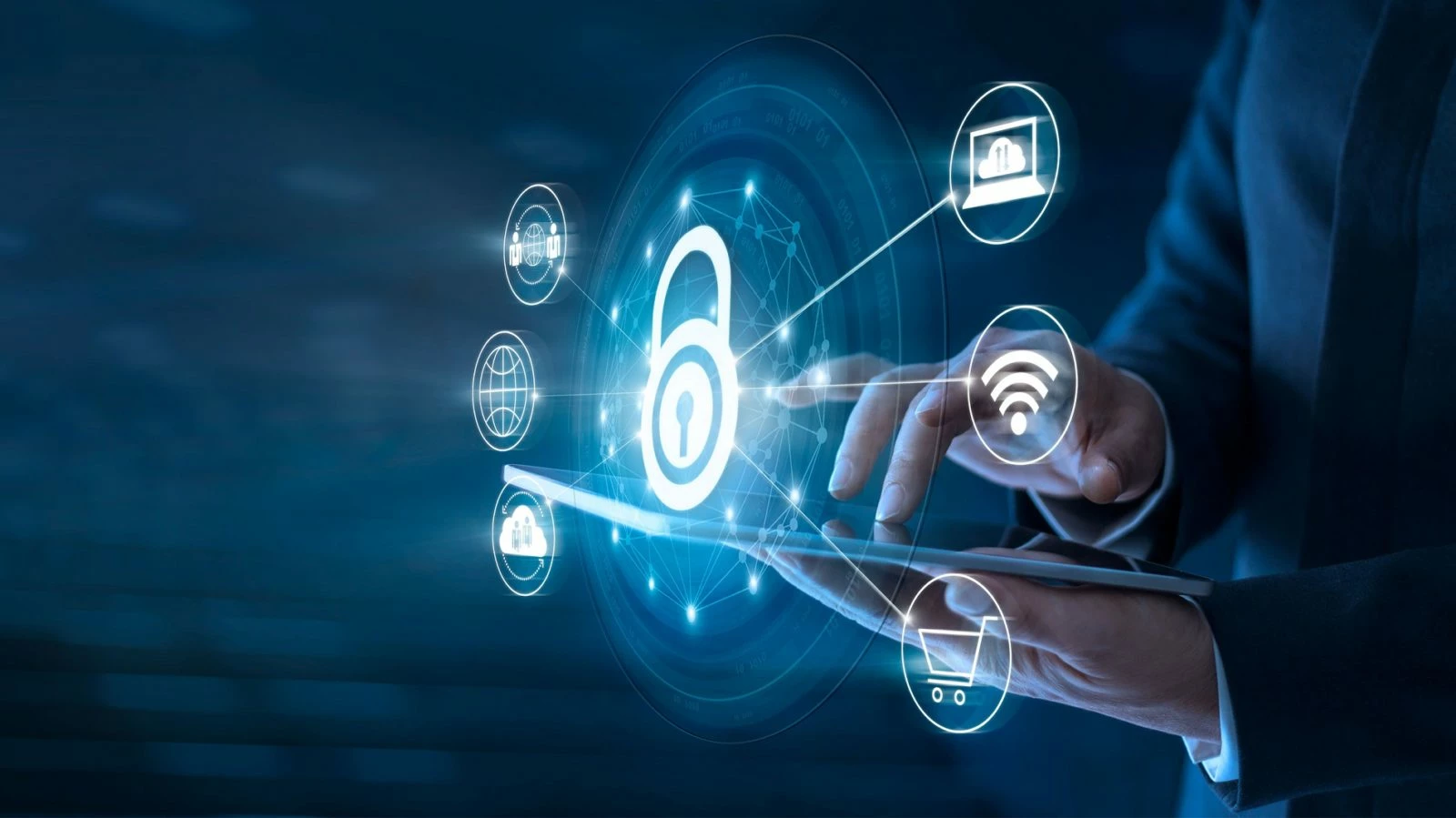Cybersecurity risks for Norwegian businesses are on the rise. Phishing, the use of malware, distributed denial of service (DDoS) attacks and hacking have all gone up significantly since 2016. Yet despite the rising threat landscape, the Norwegian Computer and Data Breach Survey 2018 found that only six out of ten Norwegian businesses have adopted a security framework or management system—the same proportion as in 2016. So why aren’t businesses doing more to defend themselves?
We spoke to cybersecurity expert Hasse Kristiansen, Head of Cybersecurity at KPMG, to find out the benefits of adopting an ISMS to formalise your security rules and processes—and what’s holding many businesses back.
Why implement an ISMS?
Businesses throughout the Nordics are embracing digitalisation. But that means their sensitive data is spread across many assets—employee laptops, tablets, smartphones—and it may be stored in multiple databases, clouds or servers. Business data often travels across several different networks and security layers. And it’s being accessed by hundreds of different employees at any given time.
Payments are becoming increasingly digitalised, and that’s opening new vulnerabilities. The Nordic region is rapidly moving towards a model of real-time payments across international borders. And with the introduction of open banking regulations, many businesses are choosing to share their bank account data with third parties to help them manage their payments or finances.
“Big companies are faced with an increasingly complex infrastructure. But even smaller companies may be engaging with hundreds of apps on a regular basis,” says Kristiansen.
Partnerships are also impacting the threat landscape. “Supply chains are growing, and Nordic companies are working with a long list of suppliers, third parties and vendors,” says Kristiansen. “As your partner ecosystems keep expanding, you need to become really good at monitoring and detecting threats on a 24/7 basis.”
Having a robust, unified security framework or ISMS—like that provided by following the ISO 27001 standard—can help organisations stay on top of the situation.
A good ISMS covers the people, processes and technology needed for cybersecurity. And it should take into account the specific risks facing organisations. Because it encourages systematic monitoring of risks, it means businesses can detect security incidents faster, and quickly implement cost-effective measures to minimise the damage.
That’s especially important as the threats you face on a daily basis are constantly evolving. “I’ve worked in cybersecurity for over 20 years, and I’ve seen the threat landscape become much more sophisticated. We’ve seen the rise of DDoS attacks—initially it was just a few hobbyists building botnets, but it’s evolved into huge attacks and lots of critical damage,” says Kristiansen. “Email is also becoming a very effective attack vector.”



